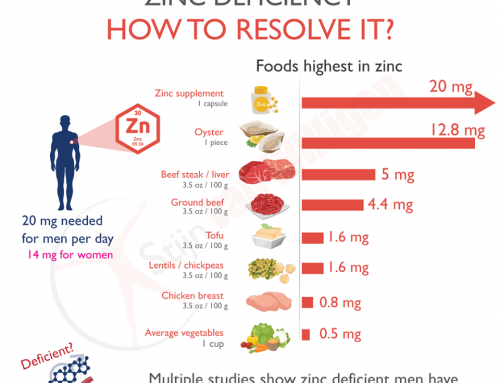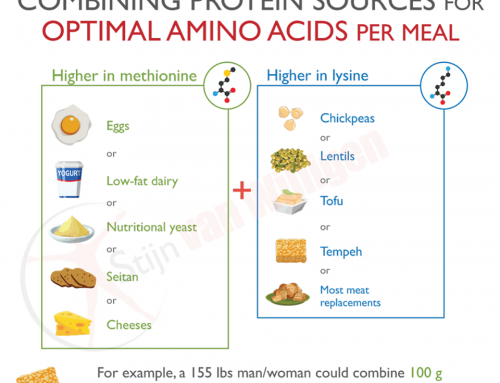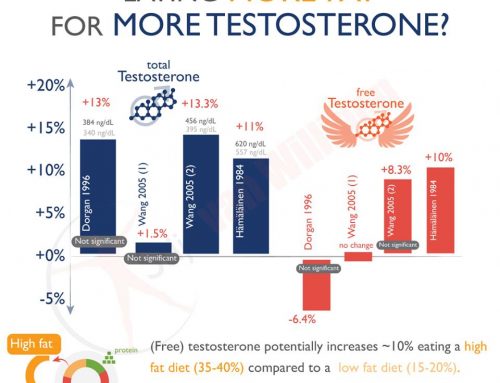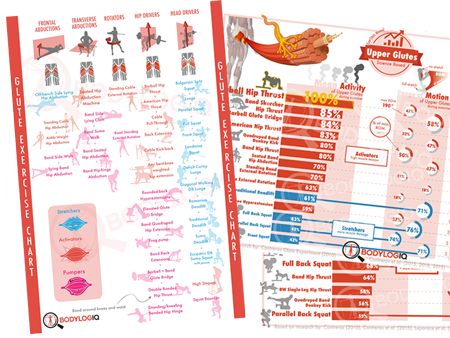What exactly is the difference between a squat and a hip thrust when it comes to growing your glutes?
@glute.guru and I will try to explain…
And should you perform these exercises on the same day?
Both the Hip thrust and the Squat involve the glutes.
However, in the squat the quads (front of thighs) also play a dominant role, while the hamstrings hardly get used at all.
New research by Williams and colleagues (2018) confirms the results from research by @bretcontreras1 and colleagues, which showed that the glutes – on average – activate more during the Hip thrust.
However, this is not the whole story.
Peak activation in the hip thrust is actually about 2 times as high in both the upper and lower parts of the glutes, as you can see from the graphs [Contreras 2018].
However, and here’s the difference, in the hip thrust this peak glute activation occurs when the muscle is maximally shortened, at the top of the movement.
In the squat the peak activation occurs when it’s almost maximally lengthened.
Therefore the squat causes a lot more muscle damage, as muscle fibers take more damage when under tension is a stretched position [Baroni 2017]
Therefore while Hip thrusts may stimulate more glute growth, squats probably damage the glutes more – next to stimulating growth – which increases recovery time.
This has implications for your training, and you need to pay close attention to your recovery to make this work:
If you didn’t get stronger in the hip thrust from one workout to the next, you may want to keep hip thrusts on a separate day from squats, as the squats may be taking too much of your recovery capacity.
If you are indeed getting stronger from one workout to the next, you may keep both squats and hip thrusts on the same day, as you can obviously recover from it.
Got a full resting day planned after a training session? This may be the ideal moment to perform both hip thrusts and squats in a single workout, because you have more time to recover afterwards.







Leave A Comment